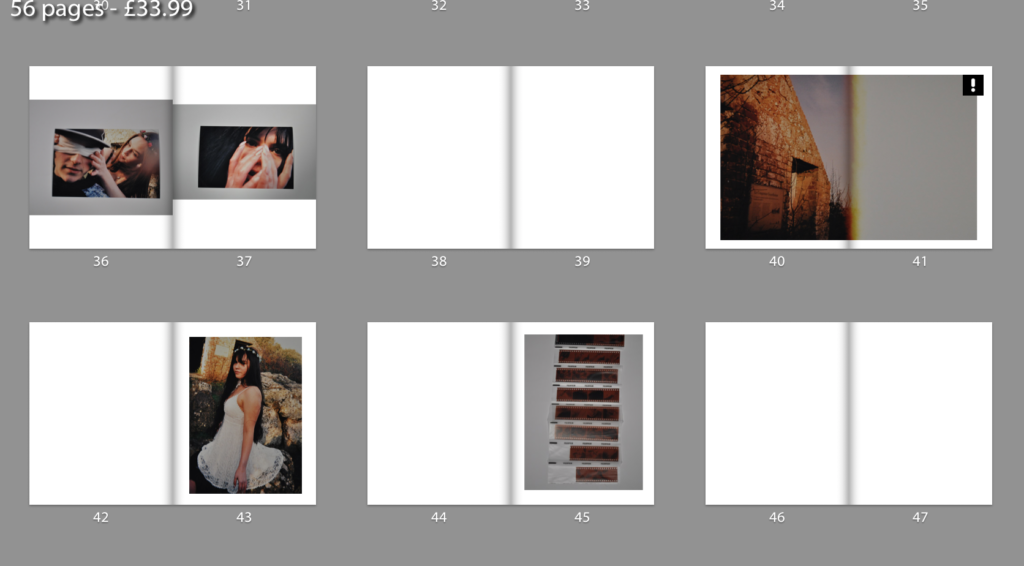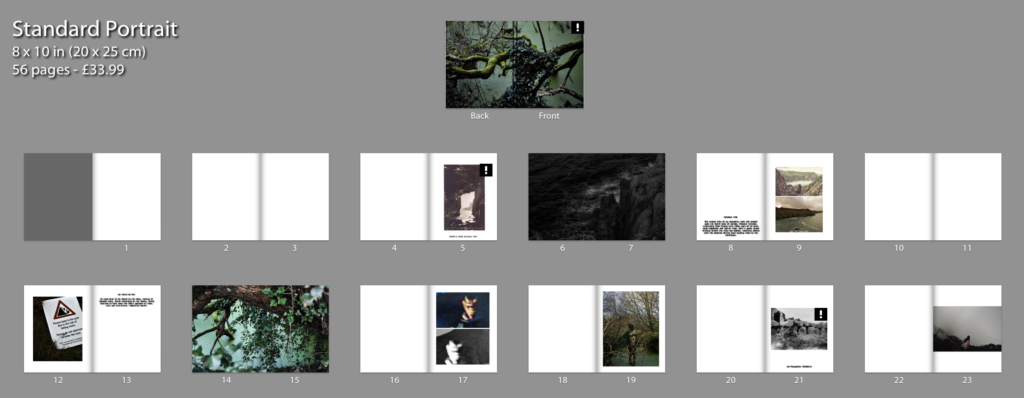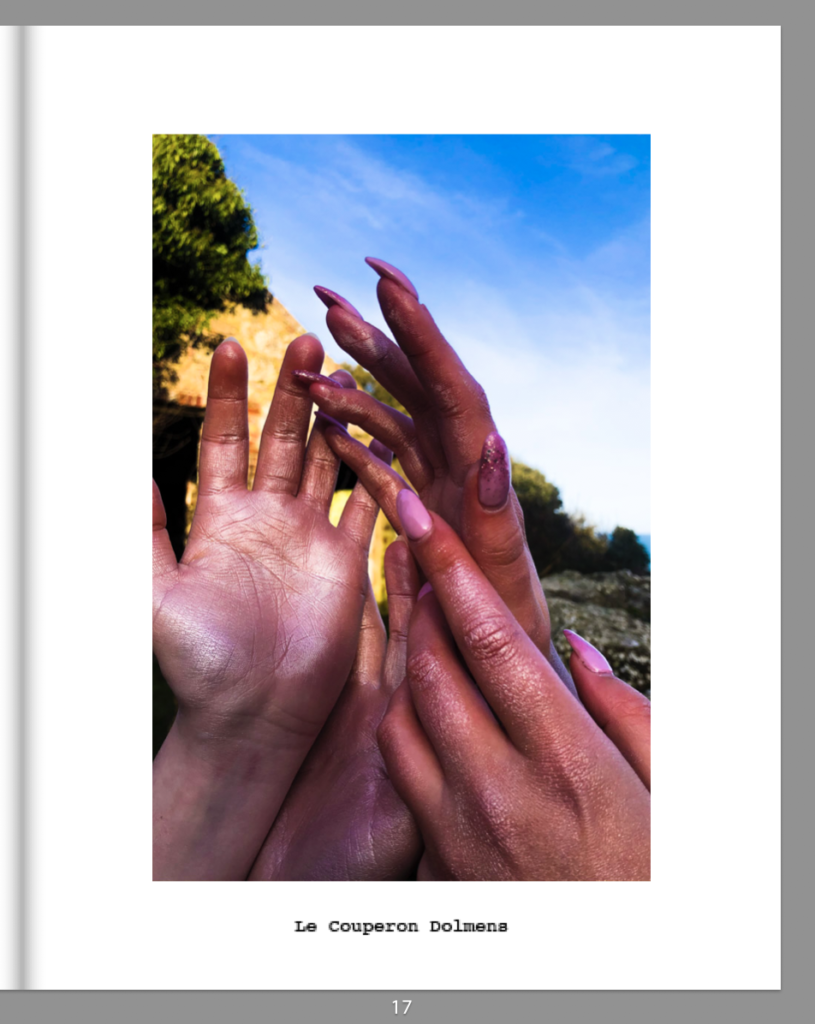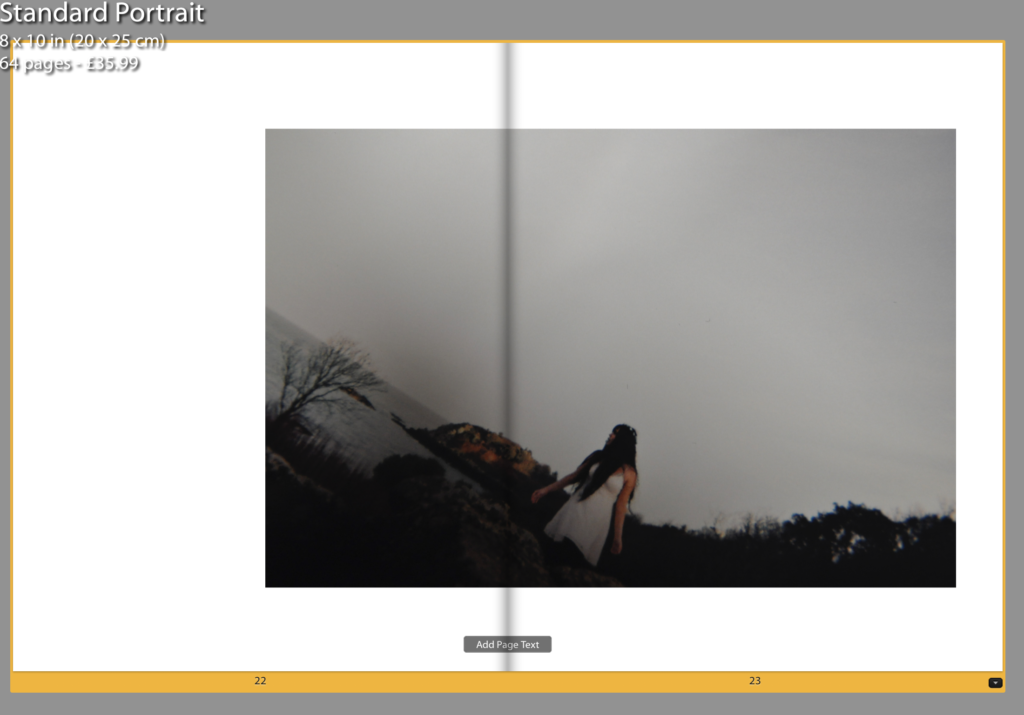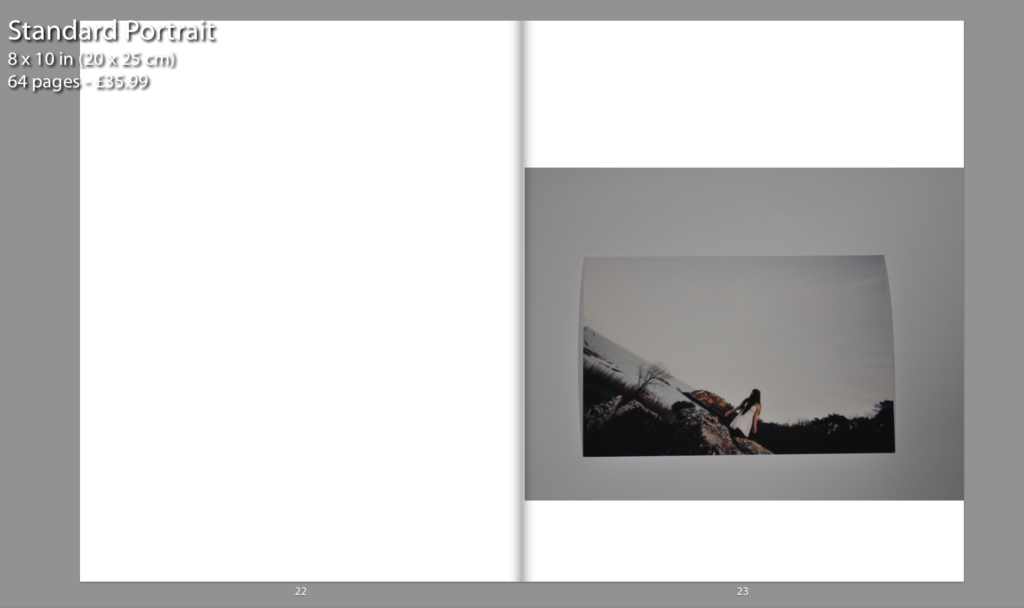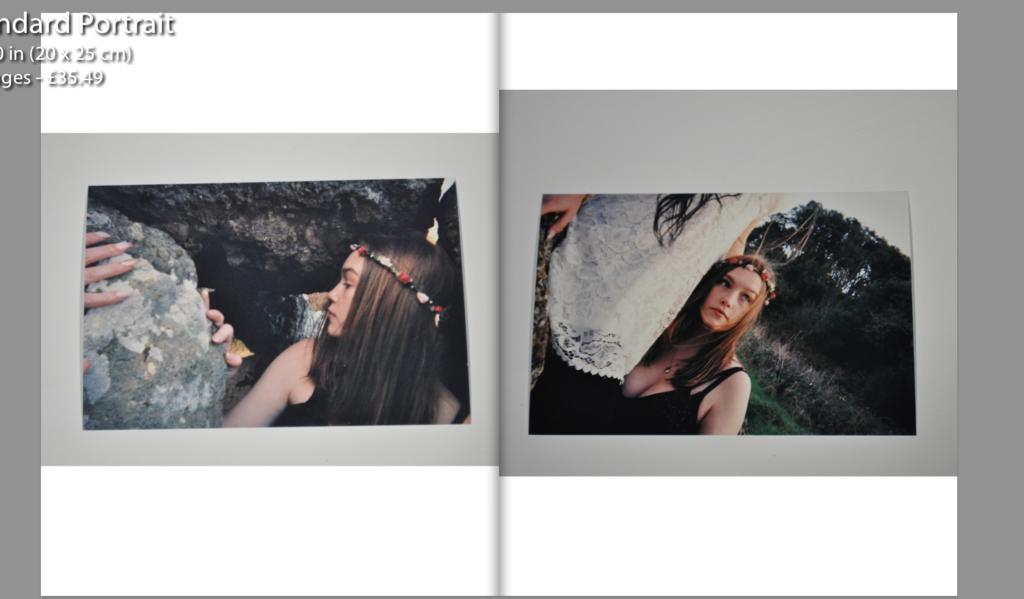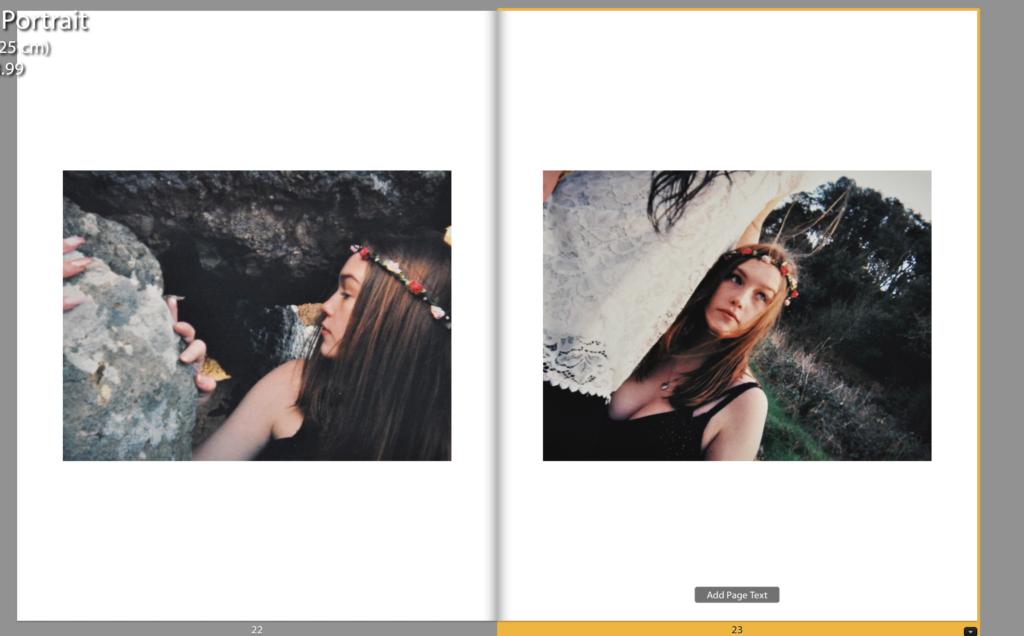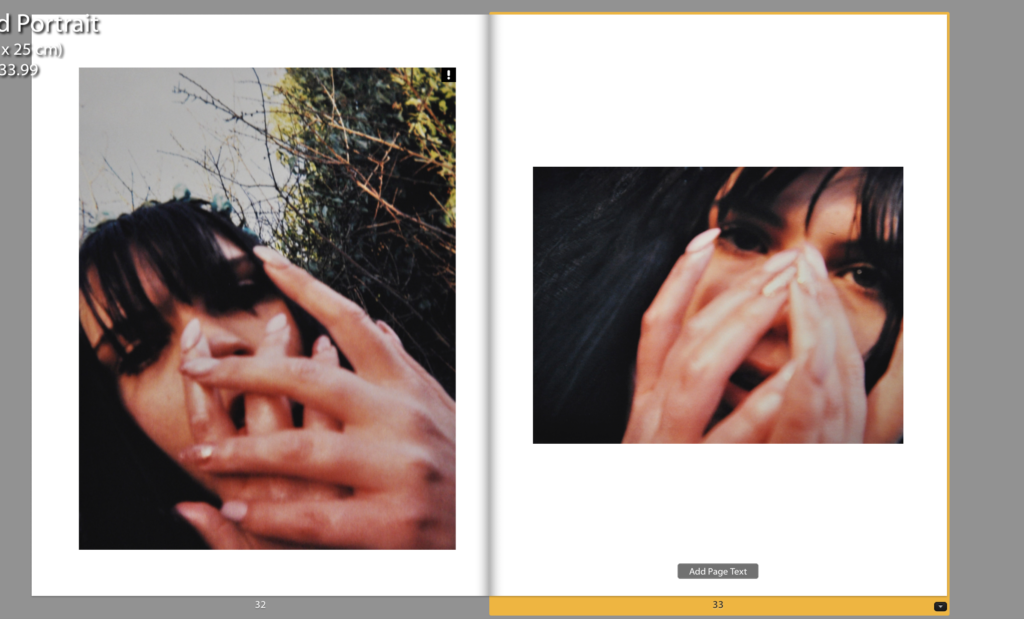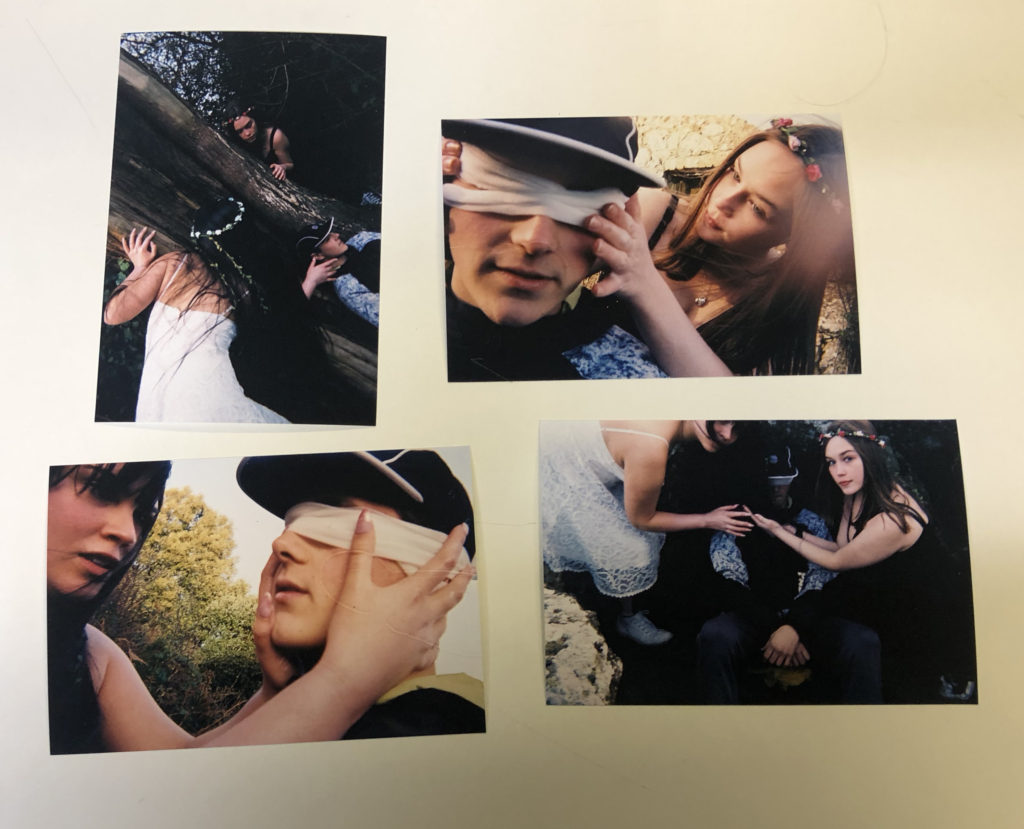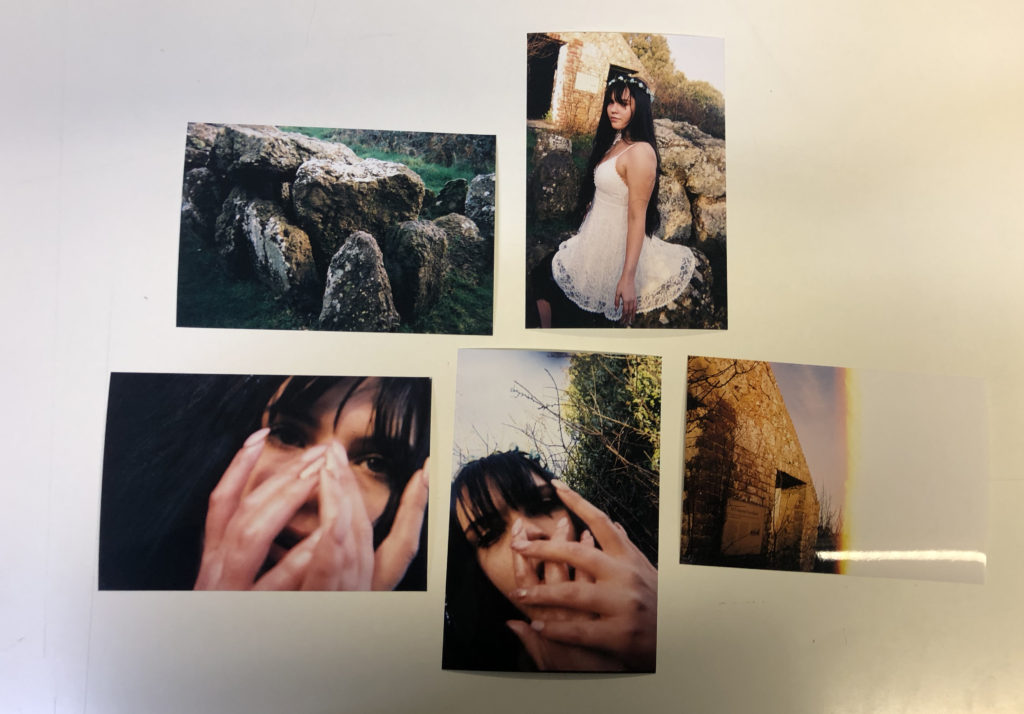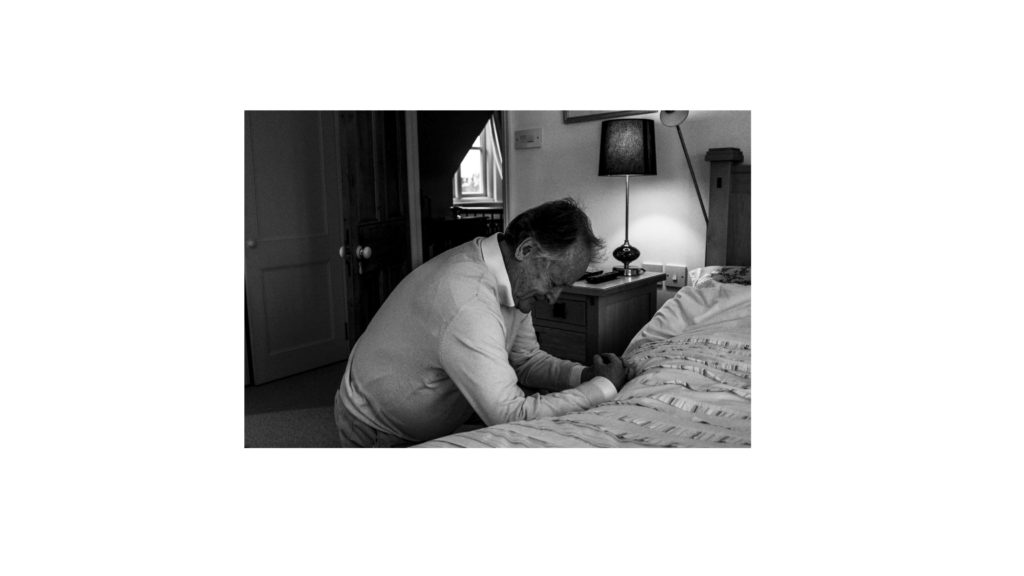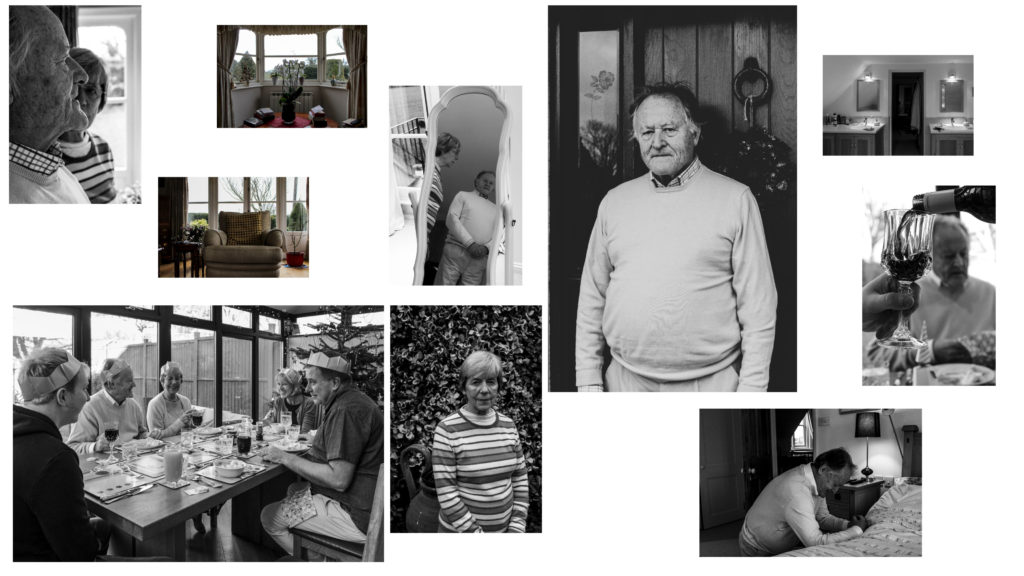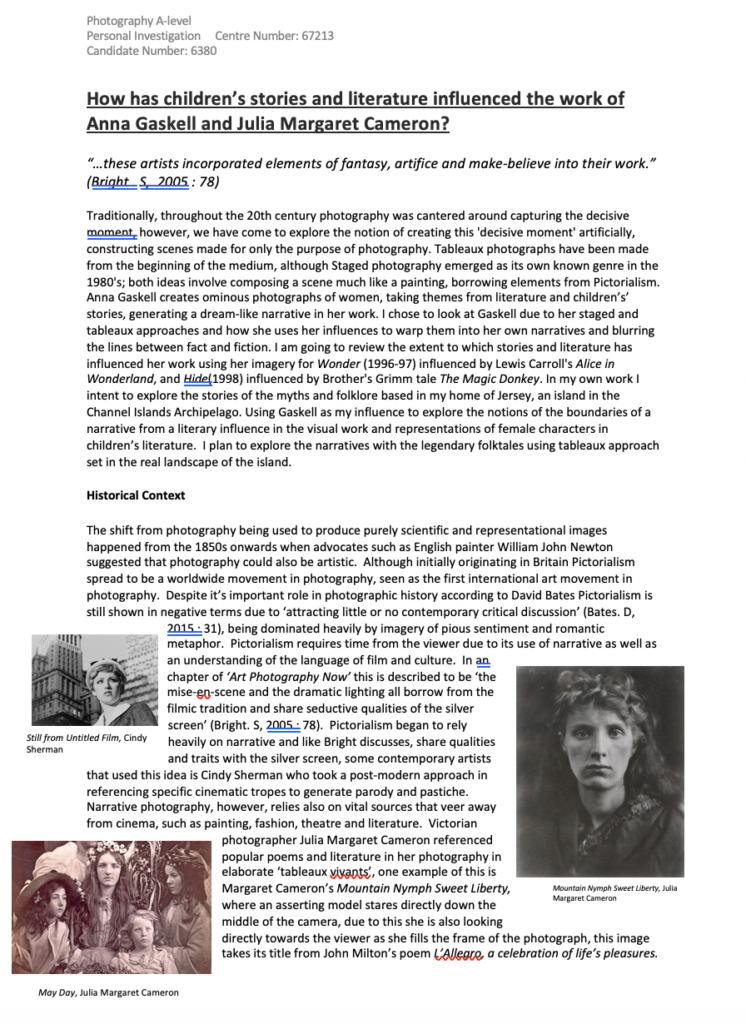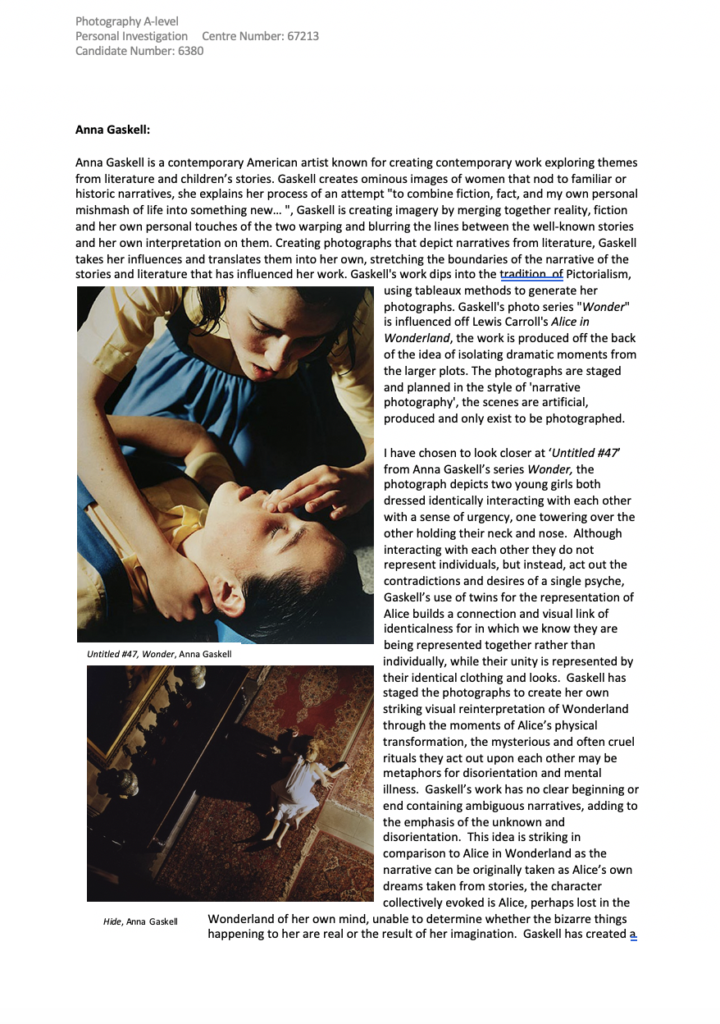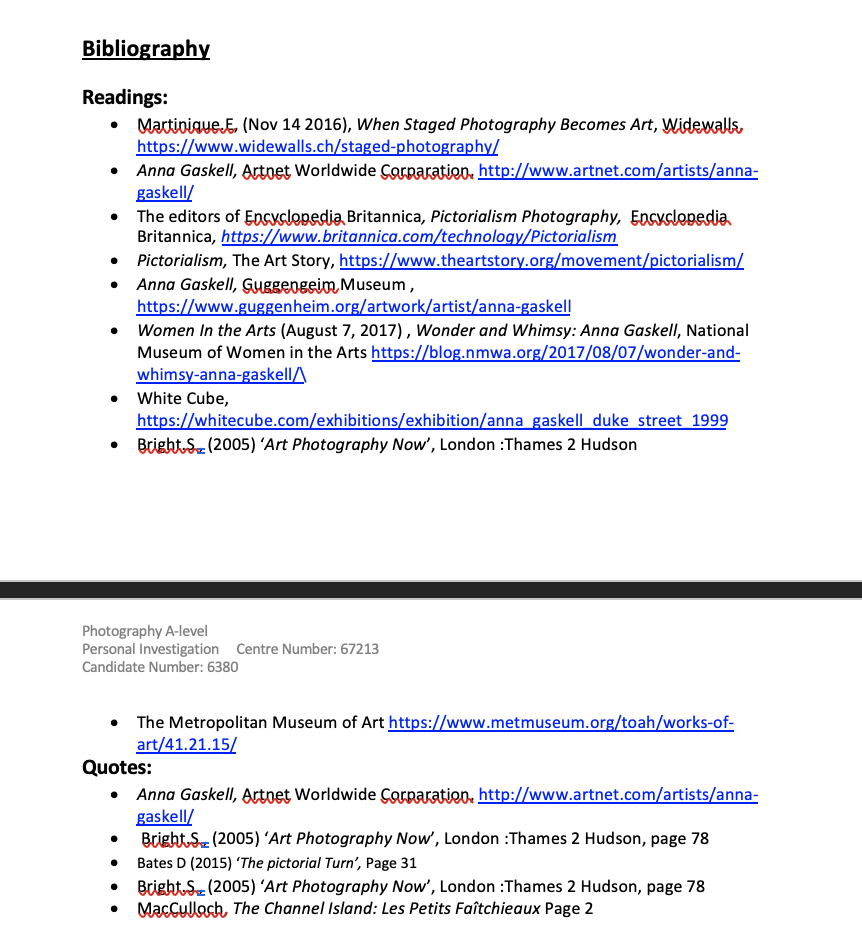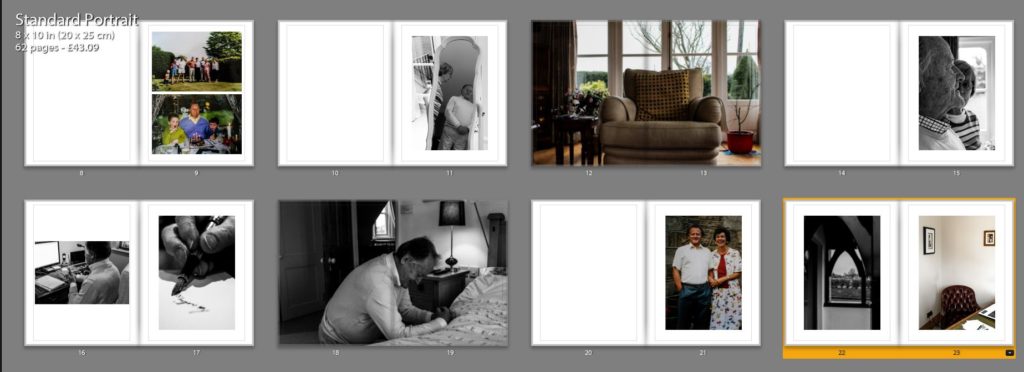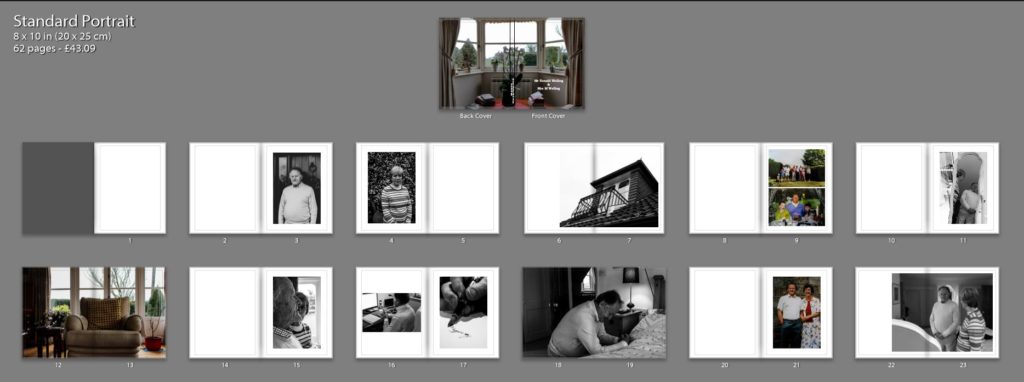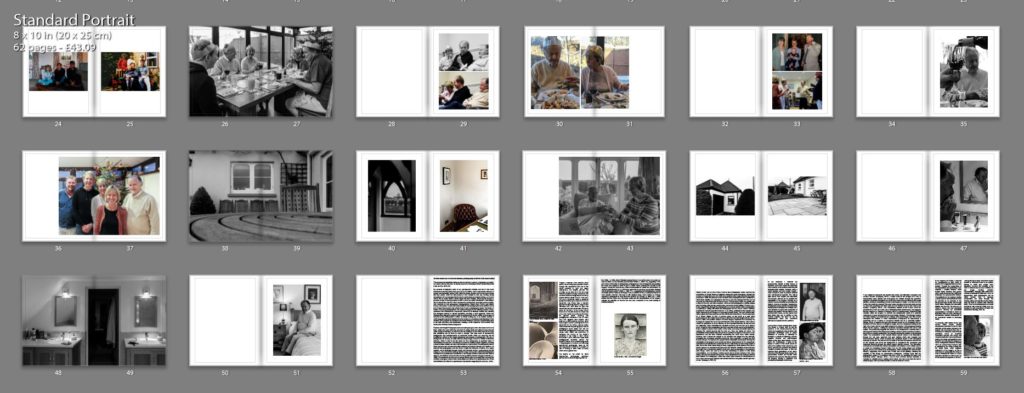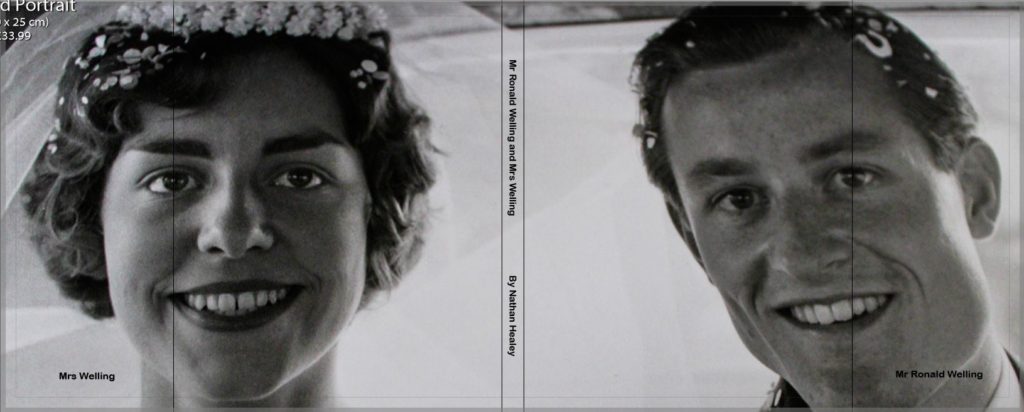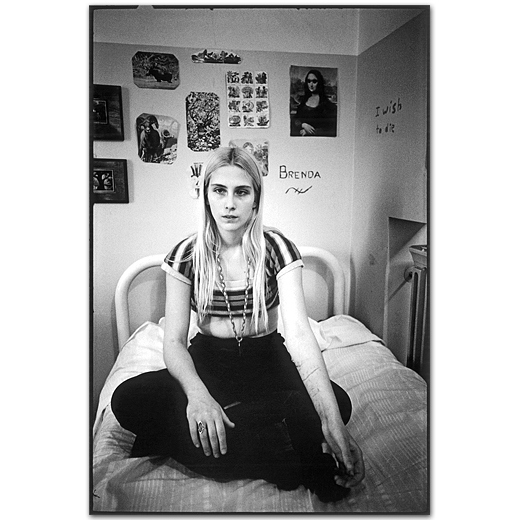To what extent can we trust documentary photography to tell the truth about reality?
“The process of manipulation starts as soon as we frame a person, a landscape, an object, or a scene with our cameras: we choose a portrait or landscape format” (Susan Bright and Hedy van Erp. 2019; 18)
My personal investigation looks at my grandparent’s lifestyle and how it has been influenced by the time period they grew up in, the 1940’s. I have explored the influence of religion and spirituality, gender roles within the family structure and social norms during this time period which are still present in their lifestyle to this day. Holding strong connections with my grandparents led me to want to base my project on them, as I know I will be able to easily retrieve useful insight into their lifestyle, enhancing the imagery I produce, on top of forming a piece of work in which my family will cherish. In this essay I aim to discuss the extent to which documentary photography accurately portrays reality, with reference to two documentary photographers, Latoya Ruby Frazier and Walker Evans. In this essay I will be referring to Walker Evans’ photographic series entitled Let Us Now Praise Famous Men and LaToya Ruby Frazier’s photographic series The Notion of Family. Analysing photographers who captured imagery in two different periods of time, contextual and contemporary comparison, allows me to illustrate whether the reliability has changed overtime or stayed consistent, providing a valid argument. These two photographers attempt to capture reality through portrait, but the validity of the imagery is reduced as the photographer is either insider looking out, or an outsider looking in which suggests a personal attachment to the subject or a conscious understanding of their situation. In my project I am considering an insider looking in, due to my subject being close to me both physically and emotionally, creating a more subjective view towards their reality, thus creating biased photographs.
Realism and Straight Photography looks at creating imagery which showcase life how it is lived. Artists who work within this area look at raising social and cultural issues relevant within society at that time, in order to make the audience aware of this issue in the hope that something can be done to make a change. This area looks at documentary photography and photojournalism to document events which are occurring and its practitioners adhere to the original techniques and purpose of photography; the use of photography for science, to create detailed, sharp images. Henry Fox Talbot invented the calotype, which is said to be the basis for how photography is practiced today in documenting everyday life. The calotype was done by creating a paper negative, exposing a sheet of paper coated with silver and chloride to a light source. His photographs used a short exposure time and allowed multiple prints to be produced through one negative. He believed that photographs were the cause of light, the influence of nature, on a paper negative and is illustrated through optical and chemical means. Louis-Jacques Mandé Daguerre, also shared this ideology behind image making and stated that photography “consists in the spontaneous reproduction of the images of nature received in the camera obscura, not with their colors, but with very fine gradation of tones.” (Daguerre Mandé, L-J. 1838). This illustrates how this art movement allows nature to present itself showing the reliability of imagery, which is then contradicted as it states it’s a spontaneous reproduction suggesting the accuracy of the imagery is reduced. Artist Frederick Henry Evans’ A Sea of a Step clearly presents realism through the composition and use of the formal elements of light and space. Conceptually, the imagery portrays the climbing up the stairs, as if the stairs lead towards a euphoric feeling. “He drew on the Symbolist manner of using objects to directly express esoteric ideas.” (The Art Story, n.d.). This use of symbolism creates a subjective perspective reducing the reliability of this art movement. Paul Strand took a different approach to capturing objects, using a macro technique with clear focus on light and shadow and the contrast between the two in order for the work to “be brutally direct; devoid of all flim-flam; devoid of trickery and of any ‘ism’; devoid of any attempt to mystify an ignorant public, including the photographers themselves.” (The Art Story, n.d.). This suggests how Strand’s work produces a more objective narrative which clearly depicts reality illustrating how this art movement can be truthful. Looking closely towards documentary photography, a style of photography which places into this art movement, photographers Walker Evan’s and LaToya Ruby Frazier use portraiture to showcase the lifestyle of the subjects presented in the frame in their natural environment. But to what extent does these photographers accurately portray the subject’s lifestyle? With my topic being based in my grandparent’s lifestyle, I felt that using documentary photography would be the most appropriate to capture my subject, as well as looking at social issues of family structures and gender roles.

‘A Sea of Steps (1903) – Frederick Henry Evans
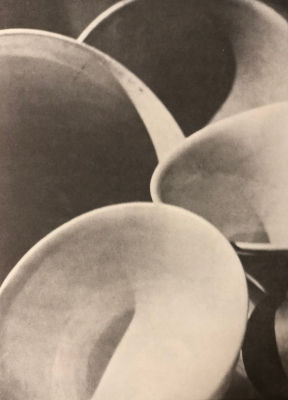
‘Bowls’ (1917) – Paul Strand
The debate on the extent to which documentary photography accurately portrays reality, has been ongoing since the 1930s. In 1936, Arthur Rothstein claimed that he “moved the skull a few meters in order to obtain a more dramatic pictorial effect” (Wells. L, 2004: 72), suggesting in the early forms of this style of photography, photographers were strategically manipulating the frame and subject in order to gain a certain effect, reducing the veracity of the imagery. During the Victorian era, cases of manipulation for effect was still present; “In 1876 the philanthropist Dr T.J. Bernardo appeared at a hearing, having been charged with deceiving the public” (Wells. L, 2004: 71), – suggesting how photographers cannot accurately portray reality as an image is only a snapshot in time, a pseudo-presence to what actually occurred. This topic is still debated today, where Ashley La Grange regarded a photograph to “only show the surface” (La Grange. A, 2005; 34) – which implies that the frame may showcase reality but the interpretations of the imagery reduces the reliability as viewers can only see a snapshot of an event leading to misinterpretations.

Walker Evans – 1936 – ‘Allie Mae Burrough’
Walker Evans’ Let Us Now Praise Famous Men photographic series explores the exploitation of Tenant farmers in Alabama during the Great Depression, through the medium of documentary portraits. With close analysis of the image Allie Mae Burroughs produced in 1936, the portrayal of the narrative clearly illustrates the dire conditions to which these families are subjected to and draws upon the ideology that they do not know life any differently to the life they live now. “The essence is done very quietly with a flash of the mind, and with a machine. I think too that photography is editing, editing after the taking. After knowing what to take, you have to do the editing.” (Evans, n.d.) – Evans suggest that although his photographs are trying to capture reality, manipulation of capturing or editing still effects the photographs and the way in which it truthfully presents the Tenant’s pejorative lifestyles. In an article, published by the Guardian, the author describes Evan’s imagery to accurately present reality, “You can’t sniff the stink of the quilts in the Evans pictures, nor itch with the lice in the pillows. The foul beds take on a Shaker dignity of form. A gasoline pump on the porch of a post office metamorphoses into sculptural permanence within the fixed focal length of Evans’ lens.” (Rule.V, 2001). His positive critique of Evans’ imagery emphasis how accurately he managed to capture the raw living environments of the tenant families, which allows viewers to sympathies for these families, as we understand that they do not know life any differently, which contradicts the viewpoint of Evans, but who are we to believe more? Simplicity in the composition allows an accurate reliable source to be illustrated. Evan’s subject is placed in the centre of the frame and using naturalistic lighting he captures the subject gawking into the lens as if they are asking for mercy. The presentation of the subject does not put her in a position of respect, in the sense of her appearance and the tonal contrast emphasising her lower class within society. However, it allows the subject to be elevated and placed into the limelight, presenting the conceptual elements making her more respectful in present day and towards viewers. He captures the subject in their naturalistic environment allowing the authenticity of his imagery to be upheld and allows reinforcement for the sympathetic connection to be between the subject and viewers. Technically, he uses a large depth of field, due to the whole frame being in focus, suggesting a small aperture and slower shutter speed. It is recorded that Evans has four different variations of his Allie Mae Burroughs which reduces the reliability of his work, due to manipulation of his subject in each image, which can lead us to not fully conforming to believe in this social representation, as it not being a reliable source due to several versions of the same image, with only one outcome being used. This is illustrated in Susan Sontag’s seminal book entitled ‘On Photography’ where she writes “taken dozens of frontal pictures of one of their sharecropper subjects until satisfied that they had gotten just the right look on film.” (Sontag. S, 1977; 6).
In my response, I captured my grandparents outside of their homes, in locations where they spent the most time when outside, or the areas in which they felt illustrated their lifestyle. Similarly, using a small aperture and slow shutter speed, I used a tripod in order to produce detailed and well-structured portraits. The natural light source from outside and naturalistic environment, allowed me to maintain the authenticity of my imagery allowing for a reliable source presenting my grandparents lifestyle. In terms of concept, I captured my photographs mainly outside using simplistic backgrounds illustrating their lifestyle, but I also decided to explore this connection of subject and location with the interior of my grandparent’s house, as they spend more time inside than out. In addition to this, archival material will allow for me to systematically show the connection between my subject and the outdoors.

My Response

LaToya Rudy Frazier – ‘ The Notion of Family’ – 2014
LaToya Ruby Frazier photographic series The Notion of Family aims to tell the narrative of her African-American family whom are struggling to come to terms with oppression (prolonged cruel or unjust treatment or exercise of authority) in Braddock, a suburb of Pittsburgh, and the negative physical and psychological effects of the city’s steel industry on their home life. Furthermore, it looks at the impact of racism in the small suburb as well as the decline in the community and family, showing her personal and political viewpoint towards this topic. In this she explores three generations of her family who have lived through these issues: her grandmother, mother and herself which reinforces the personal attitudes towards her imagery, making a subjective and unreliable presentation of this issue. “I am obliged to document and counter this reality, and ultimately re-imagine and rewrite it myself.” (Campany, 2014) – Frazier refers to her imagery as a way of documenting reality literally and re-imagines her lifestyle through the pejorative metaphors presented throughout the series, this clearly presents biases to this social situation, leading to misleading and inaccurate imagery of reality. In an interview with Frazier she made the comment “We need longer sustained stories that reflect and tell us where the prejudices and blind spots are and continue to be in this culture and society,” (Campany, 2014) – the connotations implied is that Frazier views her embodiment of work as a clear way of illustrating these social issues, and suggests that the camera is a “weapon” (Campany, 2014) of exposing reality, suggesting high reliability within the imagery. In contrast, the photographic series is a personal response to an issue relevant to the her as an insider looking in. This ideology of being an insider looking in is reinforced by a critique when John Berger says “Ms. Frazier reimagines the tradition of social documentary photography by approaching a community not as a curious or concerned outsider but as a vulnerable insider.” (Berger, 2014). In specific analysis of the imagery above we are presented with two members of Frazier family at a straight on angle, one in the foreground looking to the right of the frame with her eyes lightly closed and a female in the background looking direct into the camera, creating an emotional connection between the viewer and subject. The positioning suggests the female in the background is seeking help or obeying to the female in the foreground creating a sense of power and family structure, this implies an artificial positioning of the subjects reducing the reliability of showcasing reality. The presentation of the subjects allows cultural context to be illuminated, through the wig caps, patterned and plain clothing which also suggests low socio-economic status, which increases the emotional impact of the conceptual message on viewers. The use of a narrow depth of field and low aperture allows focus on the subjects and allows the background to compliment the conceptual and contextual elements through the African pattern stylised curtains. The naturalistic environment contradicts the artificial composition and creates a more reliable source of reality for presenting Frazier’s family. The low ISO being utilised and artificial lighting, allows a soft ambience to be illustrated, which juxtaposes the chaos in their lifestyle, suggesting more biases from Frazier due to the lighting, reducing the reliability of this image as documentary photograph. Critiques imply that the photographic series is “a cautionary tale and a force for educating the public and motivating reform.” (Berger, 2014) – due to these external motives connotes a reduction in reliability due to wanting social reform, she was aware that she had to create imagery which provoked emotion in order to achieve a reform.
In my response to Frazier, I captured my grandparents in their home in places suggested their luxurious lifestyle. Through the manipulation of the composition and positioning of my subjects, I created imagery which implied family structure and gender roles, which shows how the 1940’s has influenced my grandparent’s lifestyle. The positioning of my subjects creates a sense of power and authority towards my grandad as my grandma in the background looks at him and his high family status. Similarly, the naturalistic lighting and low ISO will allow me to create a similar soft and welcoming ambience allowing my conceptual representation of lifestyle to clearly be illustrated within my work, allowing my documentary stylised photography to be considered reliable in portraying reality.

My Response
To conclude, both Walker Evans and LaToya Ruby Frazier provide documentary portraits in order to raise particular social issues relevant to the subject and environment they live in. Focusing on raising the issue through portraiture, allows an emotional connection between the image and viewers in both their work to be formed, making the social representation more impactful and allowing the imagery to act as “indisputable evidence” (Sontag 1977; 9). LaToya Ruby Frazier’s work is captured by an insider looking into the social issue, which suggests subjectivity of the imagery, as she is more likely to manipulate the frame in order to illustrate her family in a more pejorative situation in order to play up on the emotional response of viewers making the issue seem worse than what it actually is. Whereas Evans’ is an outsider looking in which may project more objectivity, however the reliability of his work is reduced due to many variations of one image, creating selective representation. Although, both artists have a sense of authenticity within their work, no documentary style photographs can be 100% reliable. This is because manipulation can occur through the framing, editing and selection by the artist in order for them to achieve their intended effect; “Even when photographers are most concerned with mirroring reality, they are haunted by tacit imperatives of taste and conscience” (Sontag, 1977; 6).
Bibliography:
Berger, M. (2014). LaToya Ruby Frazier’s Notion of Family. [online] Lens Photography, Video and Visual Journalism. Available at: https://lens.blogs.nytimes.com/2014/10/14/latoya-ruby-fraziers-notion-of-family/? [Accessed 24 Jan. 2020].
Bright, S. and Van Erp, H.(2019), Photography Decoded. London: octopus Publishing House
Campany, D. (2014). So present, so invisible. 1st ed. Italy: Contrasto, pp.61-68.
Evans, W. (n.d.). Photography Quotes by Walker Evans. [online] Photoquotes.com. Available at: https://www.photoquotes.com/ShowQuotes.aspx?id=196&name=Evans,Walker [Accessed 24 Jan. 2020].
La Grange, A. (2005). Basic critical theory for photographers. Oxford: Focal Press, pp.30-35.
Louis-Jacques Mandé Daguerre.(1838), Louis-Jacques-Mandé Daguerre. photoquotations: http://photoquotations.com/a/171/Louis-Jacques-Mandé+Daguerre
Rule, V. (2001). Review: Let Us Now Praise Famous Men by James Agee and Walker Evans. [online] the Guardian. Available at: https://www.theguardian.com/books/2001/aug/18/historybooks.highereducation [Accessed 15 Jan. 2020].
The Art Story. (n.d.). Straight Photography Movement Overview. [online] Available at: https://www.theartstory.org/movement/straight-photography [Accessed 24 Jan. 2020].
Wells, L. (2004). Photography A Critical Introduction. 3rd ed. London: Routledge, pp.71-72.
Sontag, S. (1977). On Photography. London: Penguin, pp.1-23.









